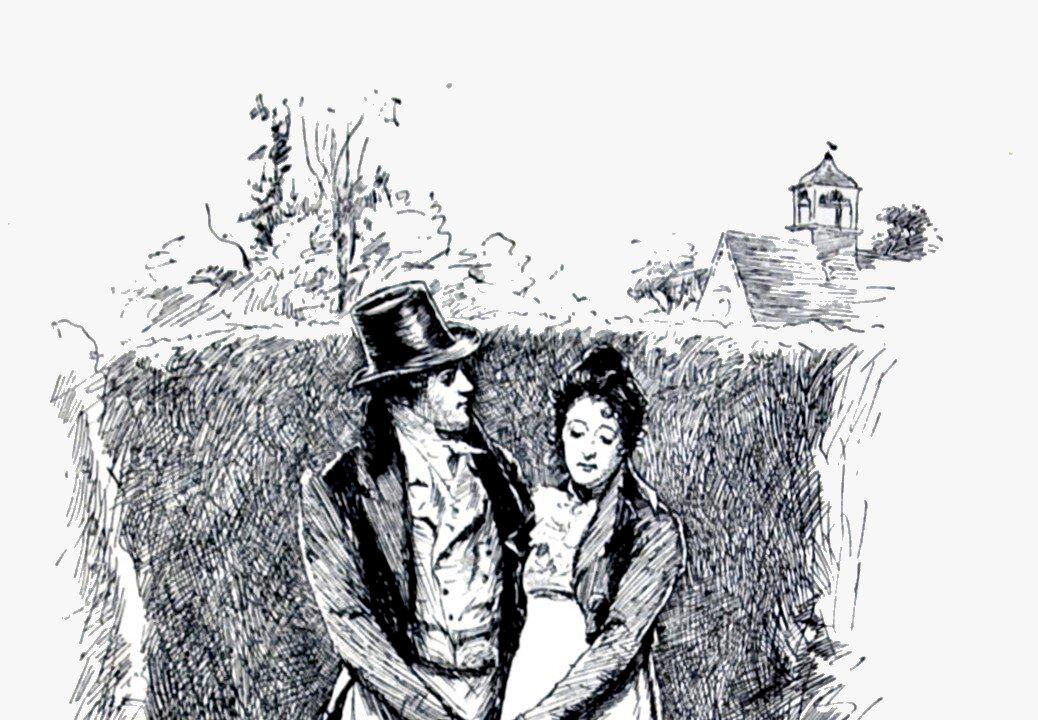They look like romances at first sight, and indeed you’d be forgiven for thinking so; the movies attest to that. But read more, and the true themes and threads become apparent in Jane Austen’s novels. For “underneath it all, there are all kinds of things happening that bring out all the various moral virtues, but in an unsaid way,” said Maureen Stiller, honorary secretary of The Jane Austen Society of the United Kingdom.
“All her novels are the same. When you start reading them again, you realize what she’s actually saying,” she said.






